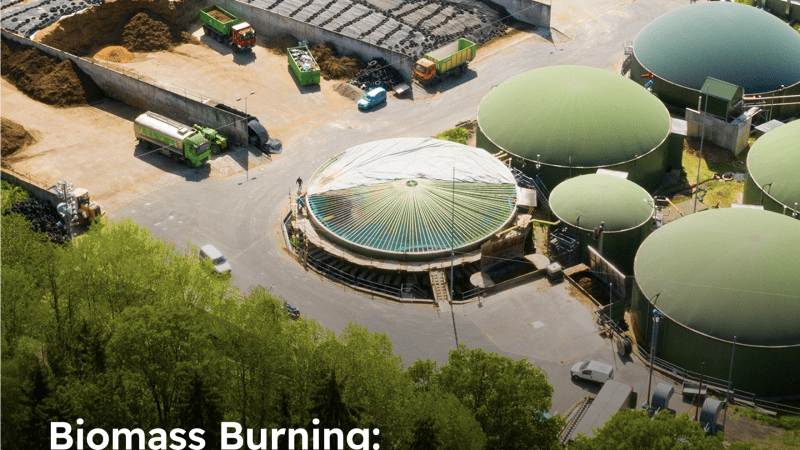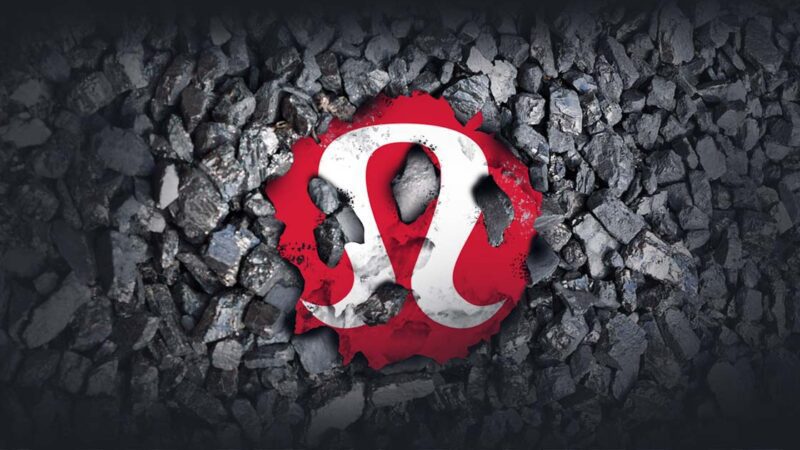‘Ambition to Action’ or just more industry self-congratulation?
July 1, 2023
I just got back from the latest Global Fashion Summit in Copenhagen, which has become one of the industry’s biggest and most prestigious events. The two-day conference was attended by CEOs and CSOs of some of the largest fashion brands – all supposedly working towards addressing the sector’s outsized environmental problems. Aside from brands’ c-suite, scientists, solutions providers, data analysts, and NGOs were also there to share the latest and greatest in turning “Ambition into Action” as per the theme of the summit. A goal which is long overdue.
But after years of talk, is anything really different this time or is it just more PR?
For decades the fashion industry has gone wildly and even catastrophically unregulated, allowing it to set its own (glacial) pace on delivering much-needed improvements to worker pay, safety, climate emissions, water pollution, toxic chemicals, and much more. This lack of regulation has led to the deaths and critical injuries of thousands of garment workers like the Rana Plaza factory collapse in Bangladesh a decade ago, to ballooning emissions and huge harm to biodiversity through the rampant use of pesticides and other toxic chemicals.
Meanwhile, the industry has made more green claims and set more targets, while almost without exception failing to take meaningful action. No wonder, almost ⅔ of the brands analyzed in the Fossil Free Fashion Scorecard scored a “D” or “F” grade.
Here are my key takeaways from the conference:
1. There is real and exciting progress being made in finally regulating the industry, and it can’t come soon enough.
First the good news: fashion’s lawless era is truly coming to an end. Between the US, the EU and countries across Europe, there’s been a rush of new bills introduced to try to stop greenwashing, increase supply chain transparency and accountability and force brands to cut waste.
Federal and state-level bills introduced in the USA are creating oversight into fashion’s labour practices and emissions, and allowing regulators to demand that brands address serious issues in their supply chains. New EU bills are already stopping brands from making vague or misleading greenwashing claims, and plan to force companies to increase the durability and recyclability of their products and end the shocking practice of burning unsold clothing (yes, really).
These regulations aren’t perfect and aren’t a done deal, but it’s a whole lot better than the big ol’ heap of nothing that was there before. Read more about a few of these new pieces of legislation here.
2. Industry capture and greenwashing is still having a dangerous slowing impact on real progress.
While some serious and important conversations were had on the main stage, it was also very clear that in many cases brands are still being allowed to set the pace of their progress and the tone of the discussion – and that’s a huge problem. One of the first panels featured Antoine Arnault, CEO of LVMH – also a major sponsor of the event. Arnault, son of the richest man in the world and nepo-baby extraordinaire, was allowed to boast about using rented lights for the company’s multi-million dollar runway shows, while failing to address the impact of his company’s supply chains, despite a dangerously weak emissions target and an utter lack of transparency.
Arnault also talked about how Louis Vuitton (owned by LVMH) shouldn’t be judged in the same bracket as fast fashion brands because it’s sustainable by definition. That’s just not true.
Luxury brands have the same problems and impacts as any other, are driving deforestation through their large-scale use of leather, and have almost zero transparency or accountability. I dived deeper into the problems and impacts of luxury brands in this blog.
But whether it’s Louis Vuitton or SHEIN, brands have been setting the tone for conversations about sustainability in the industry for far too long. As long as brands are able to claim leadership unchallenged, they will continue to greenwash and avoid real action in favour of lip service.
3. Workers and suppliers are still the missing voice in the conversation, and it shows.
One set of voices that was conspicuously missing from a lot of the main stage conversations were those of the supplier business owners, and workers themselves, mostly from the Global South. To be fair to the event organizers, another summit was held in Asia to prioritize supplier companies. But any room full of powerful Global North business leaders and NGOs making decisions on how their suppliers, mostly in the Global South, should act and change their businesses is still problematic. The biggest conferences should be the ones to prioritize the voices of the backbone of the industry. Otherwise, even “sustainability” driven actions can be just another continuation of the colonial model that the global fashion industry is built on.
My colleague, Seema Joshi (Stand.earth’s Fashion Campaign Director), was one of the few speakers to push for the representation and active inclusion of workers and suppliers in ensuring that the industry cuts out fossil fuels and switches to renewable energy. Because we can’t have a transition that only benefits brands and doesn’t consider worker’s living and working conditions. Watch a short video of her speaking below.
The factory suppliers and workers that are facing the brunt of climate chaos are the same people who will be on the hook for ultimately delivering the emissions savings and environmental management that the brands are now starting to demand. They need to be actively involved in decision making, and brands need to be laying out the cash to help it happen.
4. Degrowth was still a dirty word
Degrowth, the idea that what we really need is for fashion companies to actually make less stuff, and make it to last, remained an unwelcome elephant in the room that everyone was trying not to look at. Am I shocked? No. Am I disappointed? Very much so.
There is a whole lot more work to do. You can help.
Despite the theme, and some encouraging signs of regulation, there’s a whole lot more that needs to be done to move the fashion industry from ambition to action.
We still need brands to show leadership, make strong commitments and be clear and transparent about how they intend to meet them. And we as a movement need to hold big brands accountable for their emissions, and for their environmental and social impacts. We’ve already helped move the needle a long way towards real change, but there’s a long way to go.
Now that the dust has settled from the summit, it’s time for us collectively to turn ambition into action, because frankly, fashion brands won’t do it without us.



